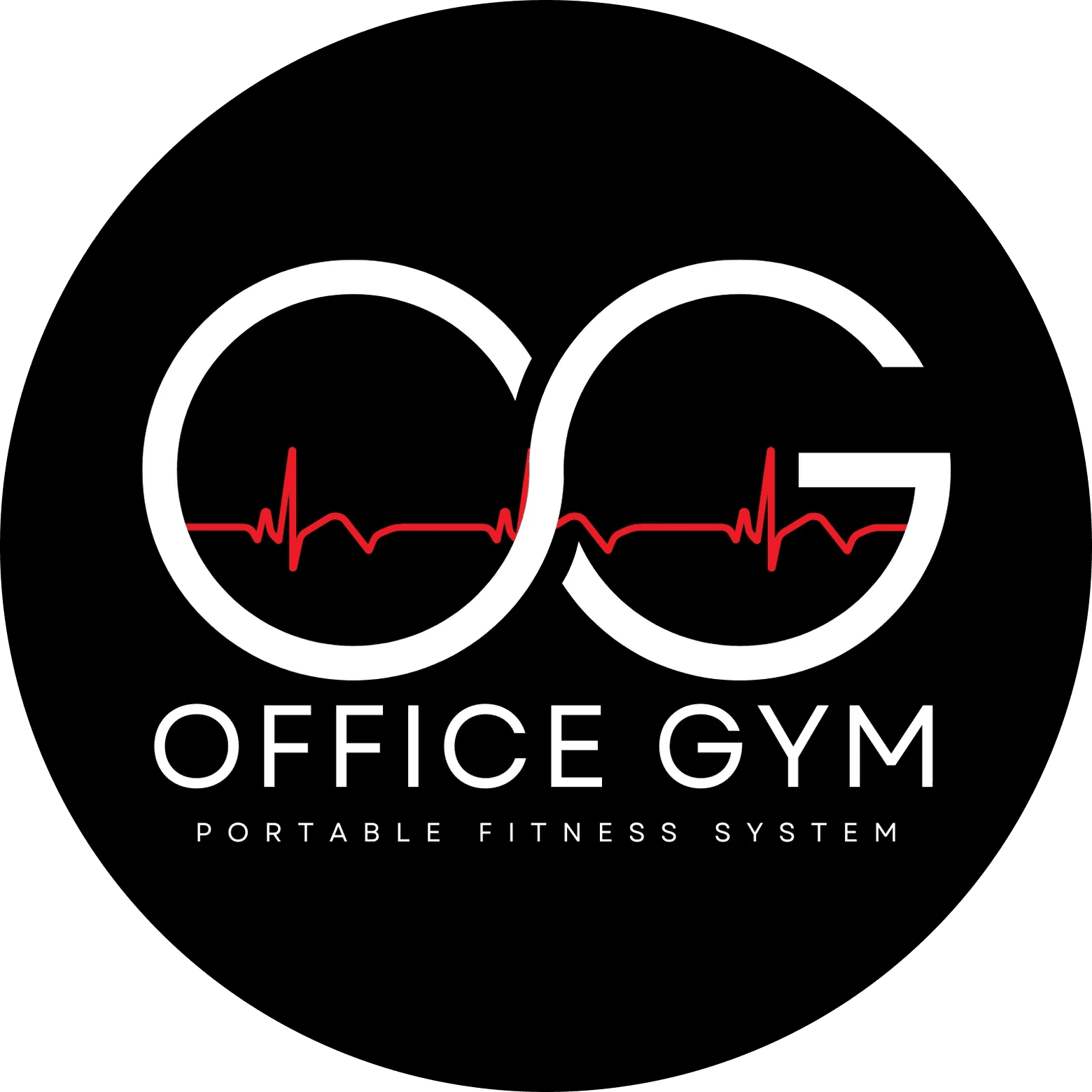Sitting & Brain Health: What Alzheimer’s Research Signals (and how to protect your brain at work)

Bottom line: Long, uninterrupted sitting isn’t just a back-pain problem—it’s increasingly linked with hippocampal shrinkage, worse thinking and memory, and higher Alzheimer’s risk, even when people meet exercise targets. The good news: brief movement “snacks,” light walks after meals, and smarter work setups can help keep blood and oxygen flowing to the brain. Alzheimer's & Dementia+1
WHY THIS MATTERS NOW
Several new studies in 2024–2025 connect sedentary time with brain changes tied to dementia. In aging adults, more time sitting correlated with smaller hippocampal volume (a memory hub) and worse cognition over time; reducing sitting is flagged as a promising prevention strategy—especially for people at elevated genetic risk for Alzheimer’s. Alzheimer's & Dementia+2VUMC News+2
Mechanistically, prolonged sitting can dampen cerebral blood flow and oxygenation during the day—exactly what your brain doesn’t need during deep work. Even in otherwise active people, a single prolonged-sitting day reduced brain oxygenation; breaking up sitting with movement helps counter the effect. Frontiers+1
What the evidence says (in plain English)
- More sitting, smaller memory center: Longitudinal MRI work shows that higher sedentary time predicts greater hippocampal volume loss over years, a change linked with memory decline. Alzheimer's & Dementia
- Worse cognition with more sedentary time: A 2025 analysis reported worse cognitive performance and brain shrinkage in Alzheimer’s-related regions among older adults who sat more. UPMC | Life Changing Medicine
- It’s not “canceled out” by workouts alone: Patterns combining lower sedentary time with higher activity are associated with the lowest dementia risk; the risk from sitting is partly independent. Translation: keep your workouts—and sit less between them. BioMed Central
- Physiology check: Prolonged sitting can blunt cerebral blood flow/oxygenation; light activity breaks and brief walks raise it back up. Frontiers+1
- Work setups matter: Trials of active workstations (e.g., under-desk walkers, cycling, sit-stand, especially The Office Gym Potable Fitness System, with movement prompts) show cognitive performance improvements without hurting productivity. AHA Journals
Your Brain-First Desk Plan
1) The “Think Break” cadence
Adopt a 2–3 minute move break every 30 minutes. Rotate: slow hall walk, Standing Kickbacks, Calf-raises, or a light Office Gym Daily Five workout. If a meeting runs long, take a 90-second halftime stand-up. These small bouts keep blood and oxygen moving to working brain regions. Frontiers
2) The post-meal “memory walk”
Start an easy 10-minute walk 10–15 minutes after lunch. This timing helps tame post-meal glucose (fuel stability matters for cognition) and layers more oxygenated blood flow when many people hit an afternoon lull. PMC
3) Build a brain-friendly workspace
- Active workstation > furniture alone. If you use a sit-stand desk, add movement prompts and options (under-desk stepper, short walking loops, The Office Gym). AHA Journals
- Air & light. Open windows when possible, step outside for a quick lap, or plant a fresh-air microbreak mid-morning and mid-afternoon—better oxygenation supports attention. PMC
- Frictionless tools. Keep your Office Gym anchored to your chair's main tube, resistance set light-to-moderate so you’ll actually use it between calls.
4) Team norms that protect cognition
- Start meetings with: “We’ll do a 2-minute Think Break at :30.”
- Use a shared streak tracker for movement breaks (celebrate consistency, not intensity).
- Encourage walking 1:1s and phone calls on foot in hallways. One second of walk for each 1 second of calls.
A sample “Brain-First” day
- 9:00–12:00 — Think Breaks every 30 min (2–3 minutes); one 5-minute loop at 10:30
- 12:15 — 10-minute memory walk after lunch
- 1:00–4:30 — Think Breaks every 30 min; 90-second halftime stand during any >45-minute meeting
- Anytime focus fades — 60–90 seconds of calf/soleus pumps at the desk to nudge blood return to the brain (quiet and camera-friendly)
- The Daily Five workout, designed to be done every two hours, is the perfect way to utilize the Office Gym to keep yourself focused and healthy throughout the day.
Safety & practicality - Keep intensity low; aim for comfort and consistency.
- If you have cardiovascular, metabolic, or orthopedic conditions, consult your clinician and start with gentle walking and calf pumps.
- Shoes you can walk in + water within reach = more follow-through.
The Office Gym tie-in: make it effortless
Our Office Gym “Think Break” circuit (Calf raises → Triceps Extensions → Standing Kickbacks with reach) was designed for zero setup time and no sweat, so you can protect your brain without disrupting meetings or deadlines.
Reach Out
Get in Touch – Let’s Transform Your Workday!
Have questions or ready to upgrade your office fitness? Fill out the form below, and we’ll help you take the first step toward a healthier, more productive you!
